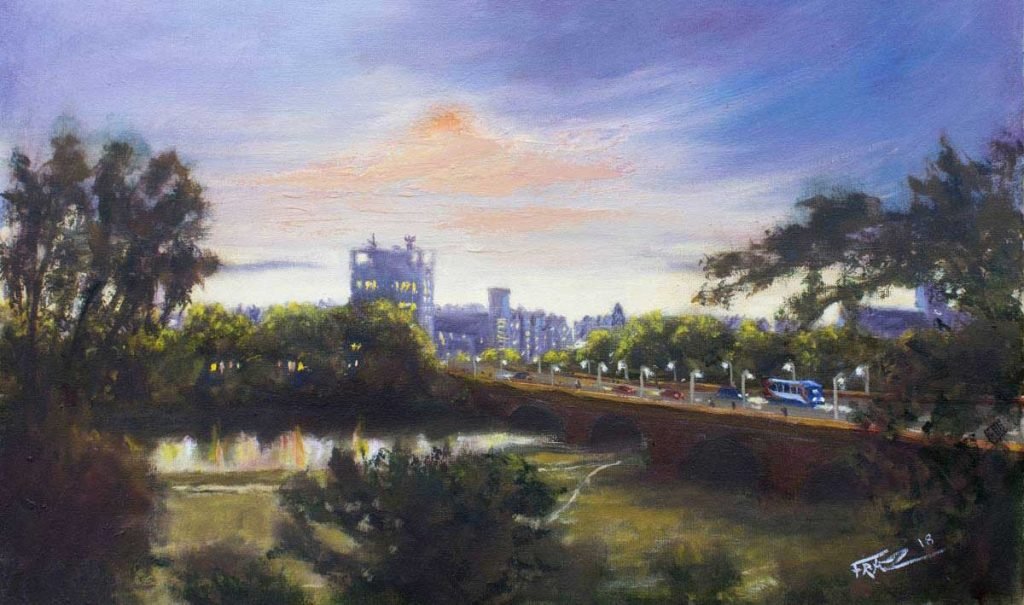- Bare-rooted
- Containerised (this is, in a pot)
- Root-balled (usually having been root-pruned and wrapped in fabric)
Bare rooted trees and plants are usually cheaper than the other options and provide opportunity to put plants in the ground outside of their growing season, when they will be less distressed. If there is a long winter, bare-root season can be extended to early April, but we’d suggest not leaving it as late as that, so best to plan ahead when planting these type of trees.
When you purchase it, your bare-root plant is likely to be between one and three years old. It should be wrapped in polythene or some other medium to prevent the roots drying out. Select a plant that has an even spread of root growth and which looks fairly well developed.
Your tree or plant will need planting as soon as possible to prevent it drying out and to get it established quickly. If you know you’re not going to have an opportunity to plan it within a few days, we’d recommend waiting before you buy it. Your plant might survive longer if you water it, but you won’t be giving it the best start.

Before planting your new plant, give it a good soak while you dig the hole you want to plant it in. Your hole should be just deep enough that all the roots will be underground, and the stem or trunk is above ground. Depending on the room you have available, you can make your hole up to three times as wide as the root system, to ensure the tree is not trying to establish itself in compacted soil.
Remove any wrappings from the roots and, if they are knotted or bound up, tease them out. Place the plant in the hole, supporting it at the correct height for the soil level, and refill around it, being careful to ensure you don’t leave air pockets.
If it’s large enough or in an exposed position, think about adding a stake or support while it established itself. If your area is prone to rabbits or deer, think about adding a tree guard too.

Give the whole area a good watering, even if it is a wet day. Drought stress is common with newly planted trees and shrubs so make sure it doesn’t dry out during its first few years. It also helps to keep the area weeded, so it’s not competing with other plants, and if you can, fertilise or mulch the area during the winter to help it establish. Don’t mulch right up to the trunk as that may cause rot.
Author: ANDREW EDGAR
Written by local arborist Andrew Edgar [Orchard Tree Surgery and Maintenance].






